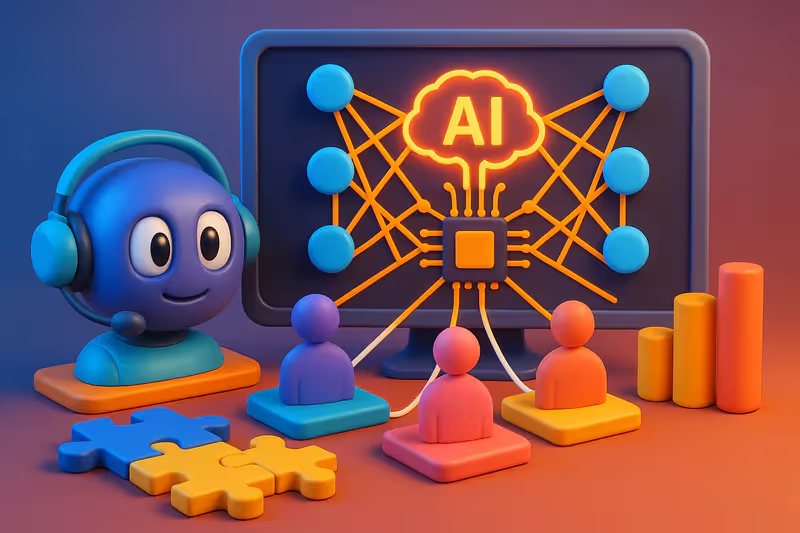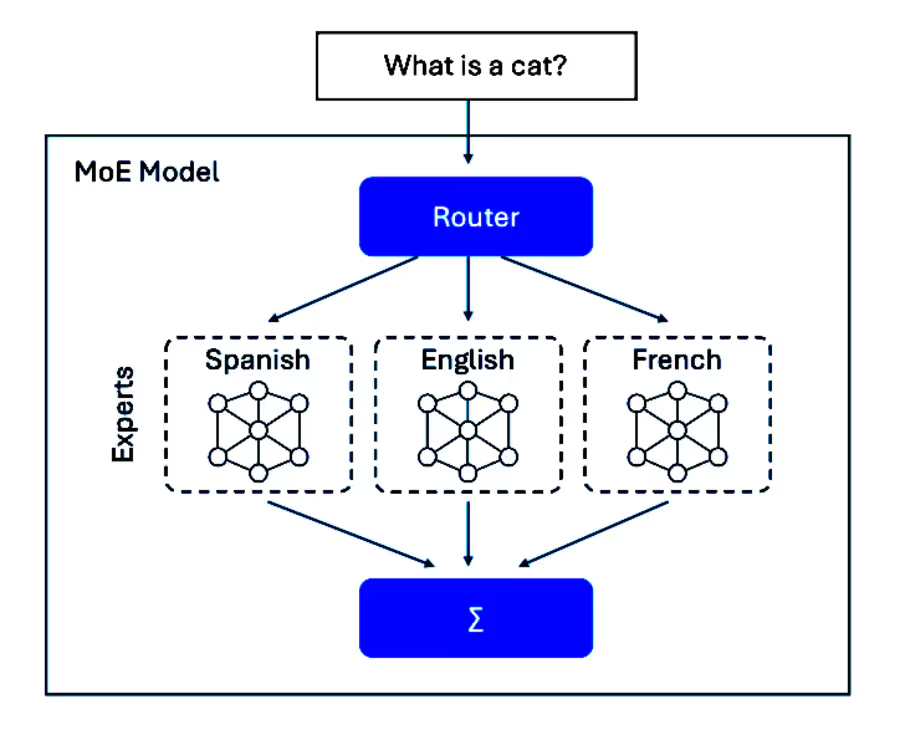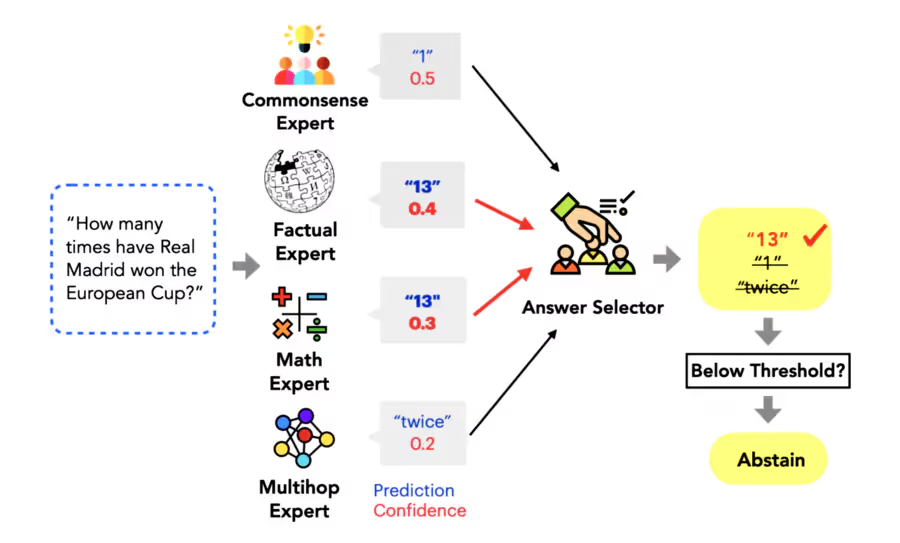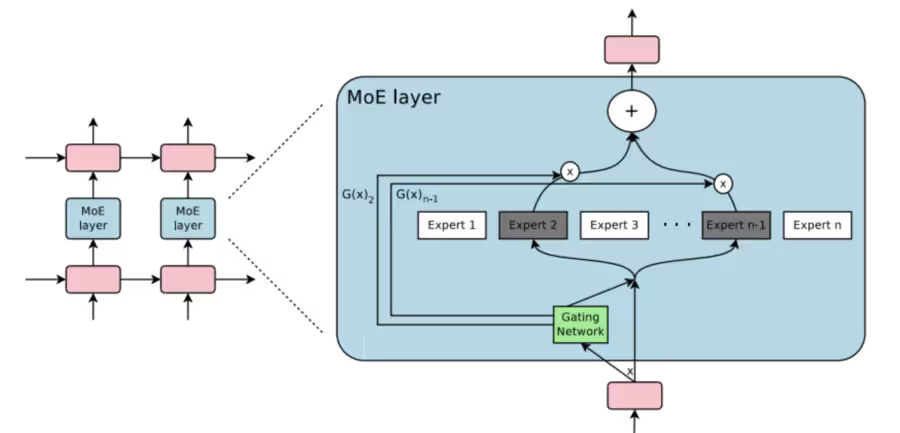Introduction: When specialization revolutionizes artificial intelligence
In the field of artificial intelligence, a fundamental question arises: how to create models that are both powerful and effective? The answer may well lie in the Mixture of Experts (MoE), a revolutionary architecture that applies the principle of specialization to neural networks.
Imagine a company where each employee is an expert in a specific field: accounting, marketing, technical development. Rather than having generalists dealing with all tasks, this organization mobilizes the most relevant expert as needed. That is exactly the principle of MoE : to divide a massive model into specialized sub-networks, called “experts”, which are activated only when their skills are required.
This approach is radically transforming our understanding of large language models (LLMs) and paves the way for a new generation of AI that is more efficient and scalable.
Theoretical foundations: The architecture that is revolutionizing AI
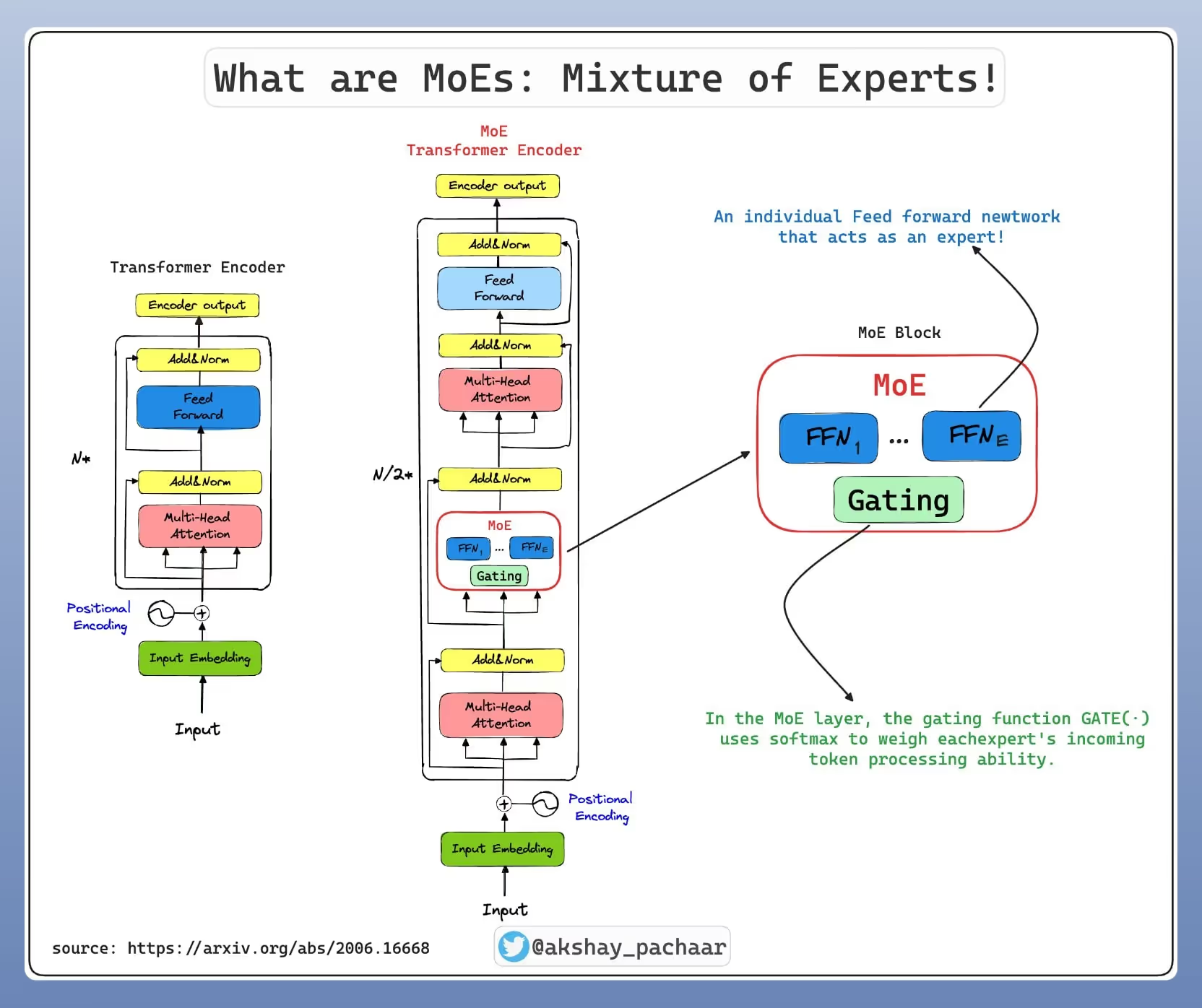
What is the Mixture of Experts in artificial intelligence?
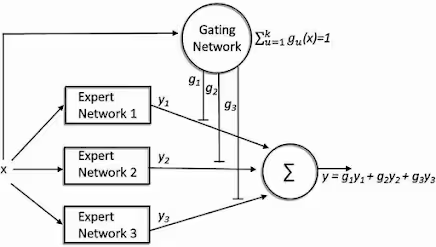
The Mixture of Experts is a machine learning architecture that combines several specialized sub-models, called “experts,” to deal with different aspects of a complex task. Unlike traditional monolithic models where all parameters are enabled for each prediction, MoE only activates a subset of experts depending on the input context.
The fundamental components
1. The Experts
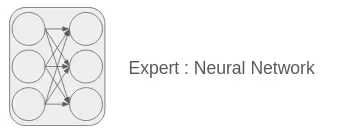
Each expert is a neural network specialized, typically made up of Feed-Forward Networks (FFN) layers. In a Transformer model using MoE, these experts replace traditional FFN layers. A model can contain from 8 to several thousand experts depending on the architecture.
2. The Gating Network
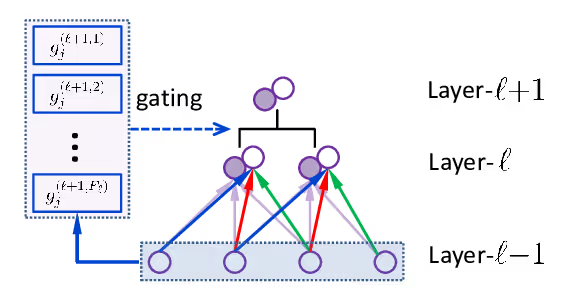
The Gating Network plays the role of conductor. This component determines which experts to activate for each entry token by calculating an activation probability for each expert. The most common mechanism is the Top K Routing, where only the k experts with the highest scores are selected.
3. The Conditional Computation
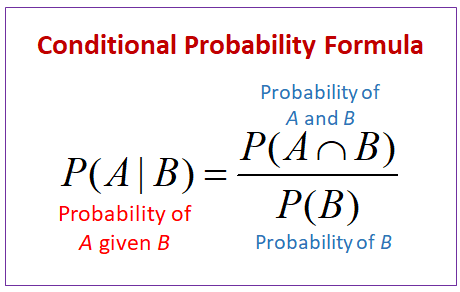
This technique makes it possible to drastically save resources by activating only a fraction of the total parameters of the model. For example, in a model with 64 experts, only 2 or 4 can be activated simultaneously, significantly reducing calculation costs.
Detailed technical architecture
Entry (tokens)
↓
Self-Attention Layer
↓
Gating Network → Calculate scores for each expert
↓
Top-K Selection → Select the best experts
↓
Expert Networks → Parallel processing by selected experts
↓
Weighted Combination → Combine outputs according to scores
↓
Final release
How it works: Routing mechanisms and specialization
Intelligent routing process
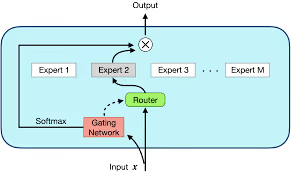
The Gating Network generally uses a softmax function to calculate activation probabilities:
- Score calculation: For each token, the gating network generates a score for each expert
- Top-k selection: Only the k experts with the highest scores are selected
- Normalization: The scores of the selected experts are renormalized to sum to 1
- Parallel processing: The experts selected process the input simultaneously
- Weighted aggregation: The outputs are combined according to their respective scores
Load balancing mechanisms
A major MoE challenge is to prevent some experts from becoming underused while others are overloaded. Several techniques ensure a Load Balancing effective:
Auxiliary Loss Functions
An auxiliary loss function encourages a balanced distribution of traffic between experts:
Loss_auxiliary = α × coefficient_load_balancing × variance_distribution_experts
Noisy Top-K Gating
Adding Gaussian noise to expert scores during training promotes exploration and prevents premature convergence to a subset of experts.
Expert Capacity
Each expert has a maximum capacity of tokens that they can process in batches, forcing a distribution of work.
Emerging specializations
Experts spontaneously develop specializations during training:
- Syntactic experts : Specialized in grammar and structure
- Semantic experts : Focused on meaning and context
- Domain-specific experts : Dedicated to fields such as medicine or finance
- Multilingual experts : Optimized for specific languages
Performance and optimizations

Recent optimization techniques
1. Hierarchical Mixtures of Experts
Multi-level architecture where a first gating network routes to groups of experts, then a second level selects the final expert. This approach reduces routing complexity for models with thousands of experts.
2. Expert Dynamic Pruning
Automatic elimination of underperforming experts during training, optimizing the architecture in real time.
3. Adaptive Expert Selection
Learning mechanisms that automatically adjust the number of experts activated according to the complexity of the entry.
Key performance metrics
Practical implementation

Frameworks and tools
1. Hugging Face Transformers
Native support for MoE models with simplified APIs:
from transformers import MixtralForCausalLM, AutoTokenizer
model = MixtralForCauAllm.From_Pretrained (“Mistralai/Mixtral-8x7b-v0.1")
tokenizer = autotokenizer.from_pretrained (“Mistralai/Mixtral-8x7b-v0.1")
2. FairScale vs DeepSpeed
Frameworks specialized in the distributed training of massive MoE models.
3. JAX and Flax
High-performance solutions for the research and development of innovative MoE architectures.
Implementation best practices
1. Initialization of experts
- Various initialization to avoid premature convergence
- Pre-training experts on specific sub-areas
2. Fine-tuning strategies
- Selective gel from experts during fine-tuning
- Adapting routing mechanisms for new domains
3. Monitoring and debugging
- Ongoing monitoring of expert usage
- Routing quality metrics
- Early detection of imbalances
Comparison with alternative architectures
MoE vs Dense Models
MoE vs other sparsity techniques
Structured Pruning
- MoE advantage : Sparsity learned automatically
- Pruning advantage : Simplicity of implementation
Knowledge Distillation
- MoE advantage : Preserving the capabilities of the model
- Distillation advantage : Actual reduction in model size
Ethical challenges

Bias and equity
Experts may develop biases specific to their areas of specialization, requiring particular attention:
- Regular audit emerging specializations
- Debiasing mechanisms At the routing level
- Diversity in the expert training data
Transparency and explainability
Dynamic routing complicates the interpretation of model decisions:
- Detailed logging expert activations
- Visualization tools Routing patterns
- Explainability metrics adapted to MoE
Conclusion: The Future of Distributed AI
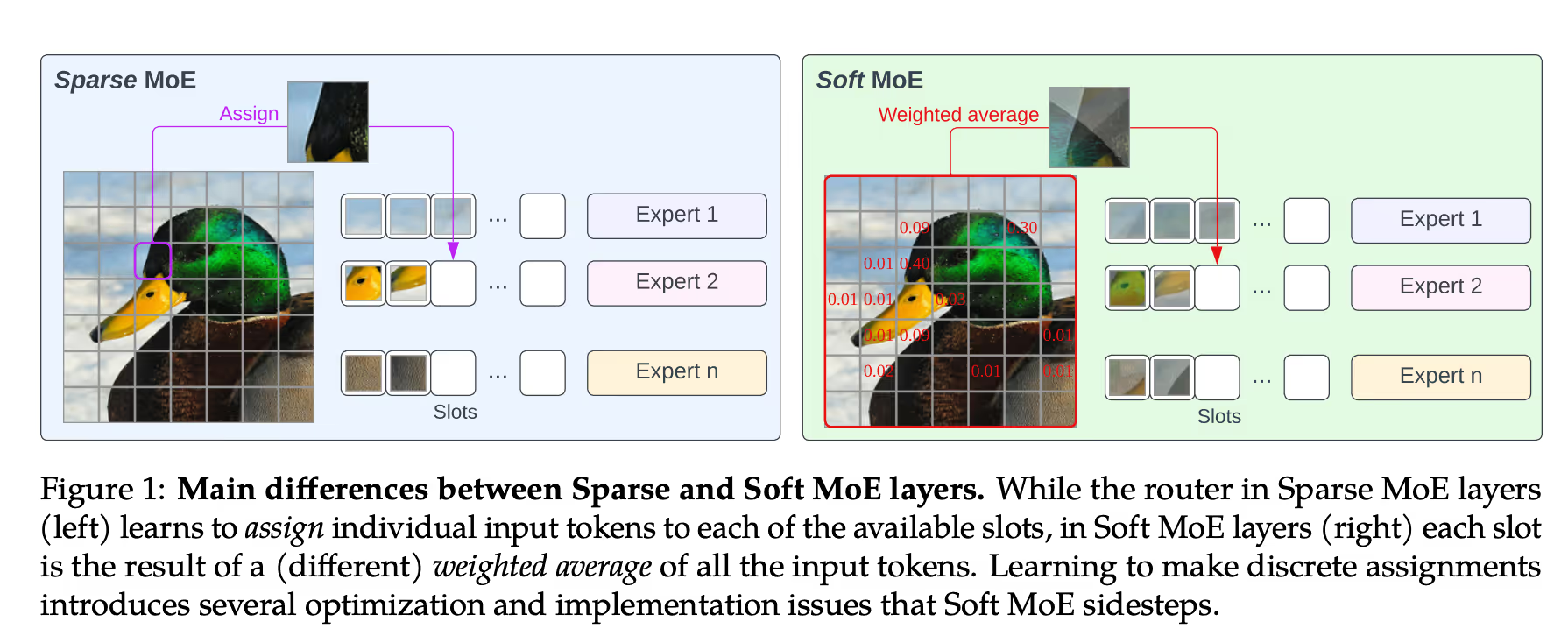
The Mixture of Experts represents a fundamental evolution in the architecture of artificial intelligence models. By combining computational efficiency, scalability and automatic specialization, this approach paves the way for a new generation of more powerful and more accessible models.
Key points to remember
- Revolutionary efficiency : The MoE makes it possible to multiply the size of the models by 10 without increasing the costs proportionally
- Emerging specialization : Experts naturally develop specialized skills
- Limitless scalability : The architecture adapts to the growing needs in terms of model sizes
- Various applications : From natural language processing to computer vision
Future perspectives
The evolution of MoE is oriented towards:
- Self-adaptive architectures who change their structure according to the tasks
- Native multimodal integration for more versatile AI systems
- Specialized hardware optimizations to maximize the efficiency of routings
The Mixture of Experts isn't just technical optimization: it's a fundamental reinvention of how we design and deploy artificial intelligence. For researchers, engineers and organizations wishing to remain at the forefront of AI innovation, mastering this technology is becoming essential.
The era of monolithic models is coming to an end. The future belongs to distributed and specialized architectures, where each expert contributes their unique expertise to the collective intelligence of the system.
FAQS
What is the basic idea of MoE and how is it revolutionizing artificial intelligence?
The idea is simple: instead of activating a whole model for each problem, we only activate the relevant experts. This approach transforms artificial intelligence by allowing giant but effective neural networks, where each expert deals with specific sub-tasks.
How does the gating network work to route to the right experts?
The gating network analyzes your input and calculates scores to determine which experts are most relevant to your problem. It then combines the answers of the selected experts to produce the final result.
Why is MoE more effective than traditional small models?
The MoE offers remarkable efficiency: it only activates 10-20% of its parameters while maintaining the performance of a complete model. Even small MoE models often outperform larger dense models.
Do GPT 4 and the big models use this technology?
Although OpenAI has not officially confirmed, there are numerous indications that suggest that GPT 4 integrates MoE elements. Meta (Facebook) uses this architecture in NLLB, and since March 2024, Mixtral has been democratizing access to these technologies just like the Kimi K2 open source model.
How do you go from reading this article to implementing it in practice?
After this theoretical reading, start by testing Mixtral 8x7B via Hugging Face. This practical guide will give you the basics, then explore specialized frameworks for your specific execution.
How does MoE improve accuracy and learning?
Precision is improving because each expert specializes in their field. It is learned simultaneously on all parts of the system, creating a natural specialization that boosts overall performance.
What is the future for the MoE in the coming years?
The future is moving towards the combination of self-adaptive architectures, native multimodal integration, and optimization for mobile devices. This technology will democratize access to powerful AI (artificial intelligence) models.

.svg)
